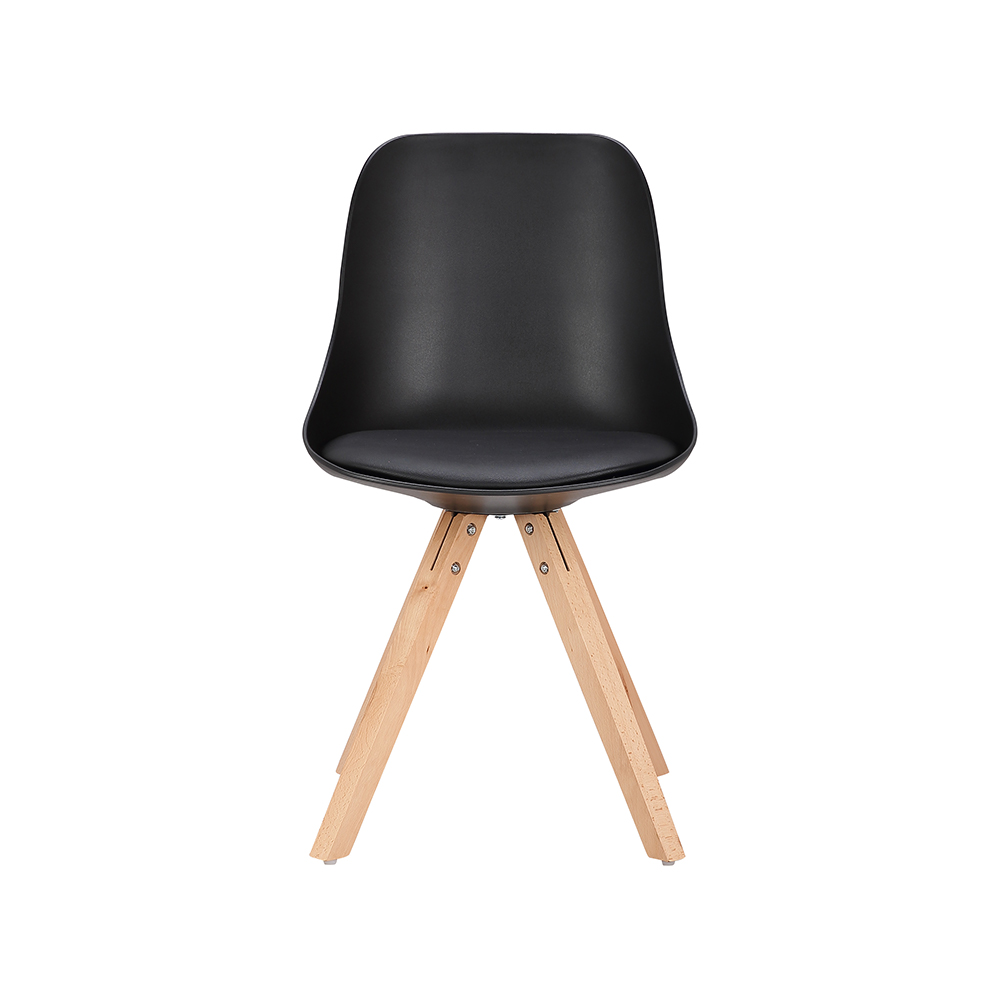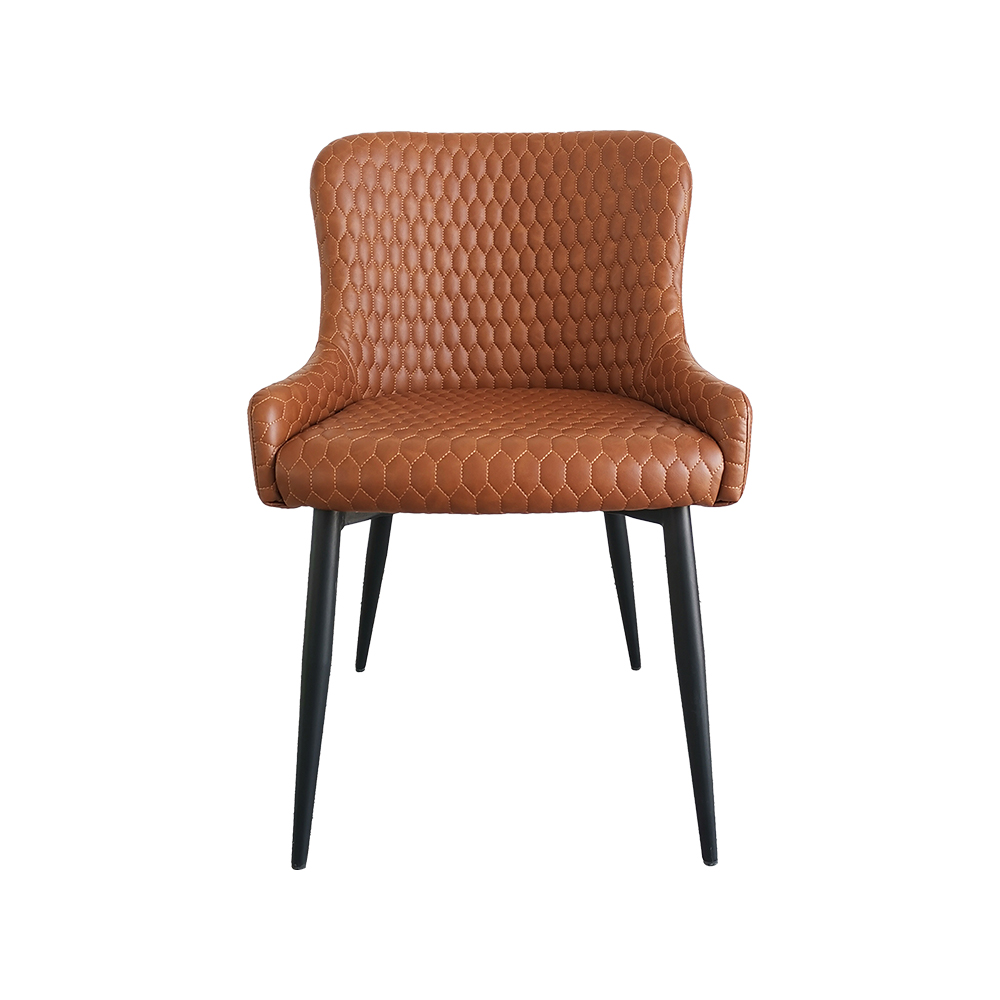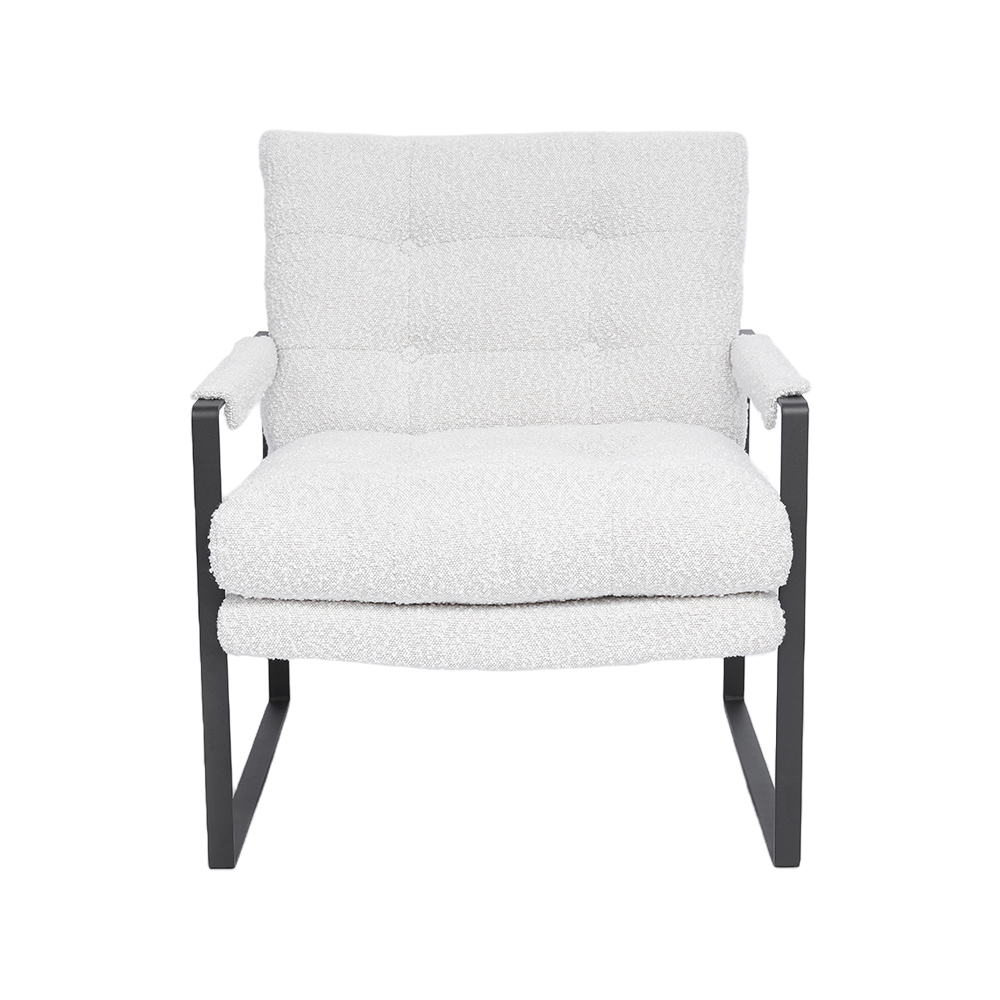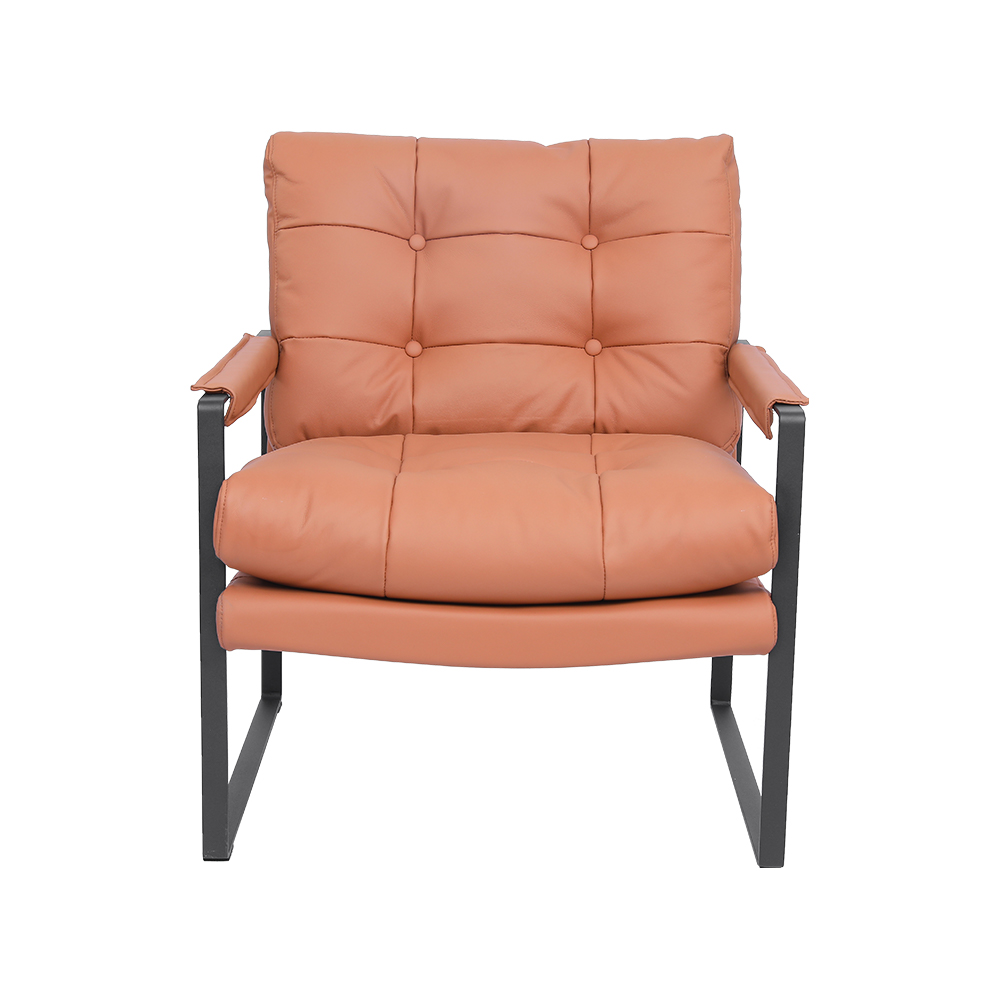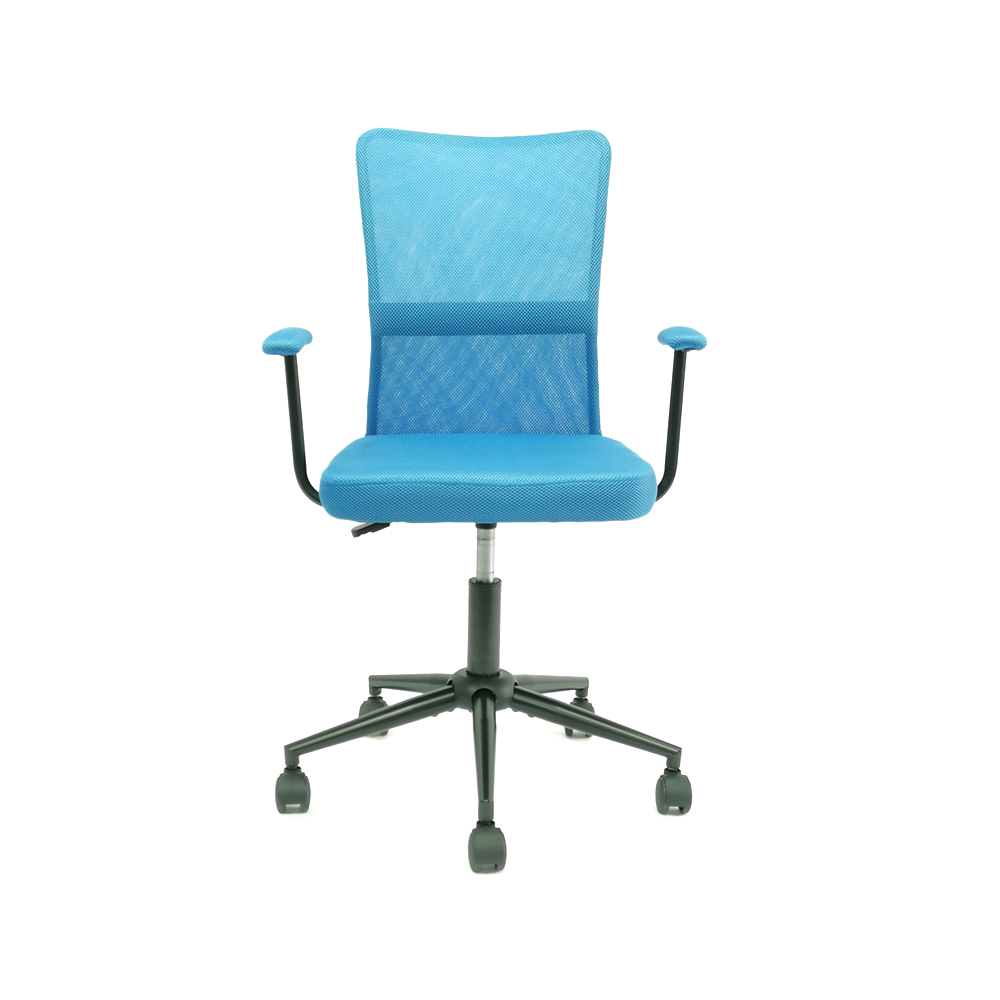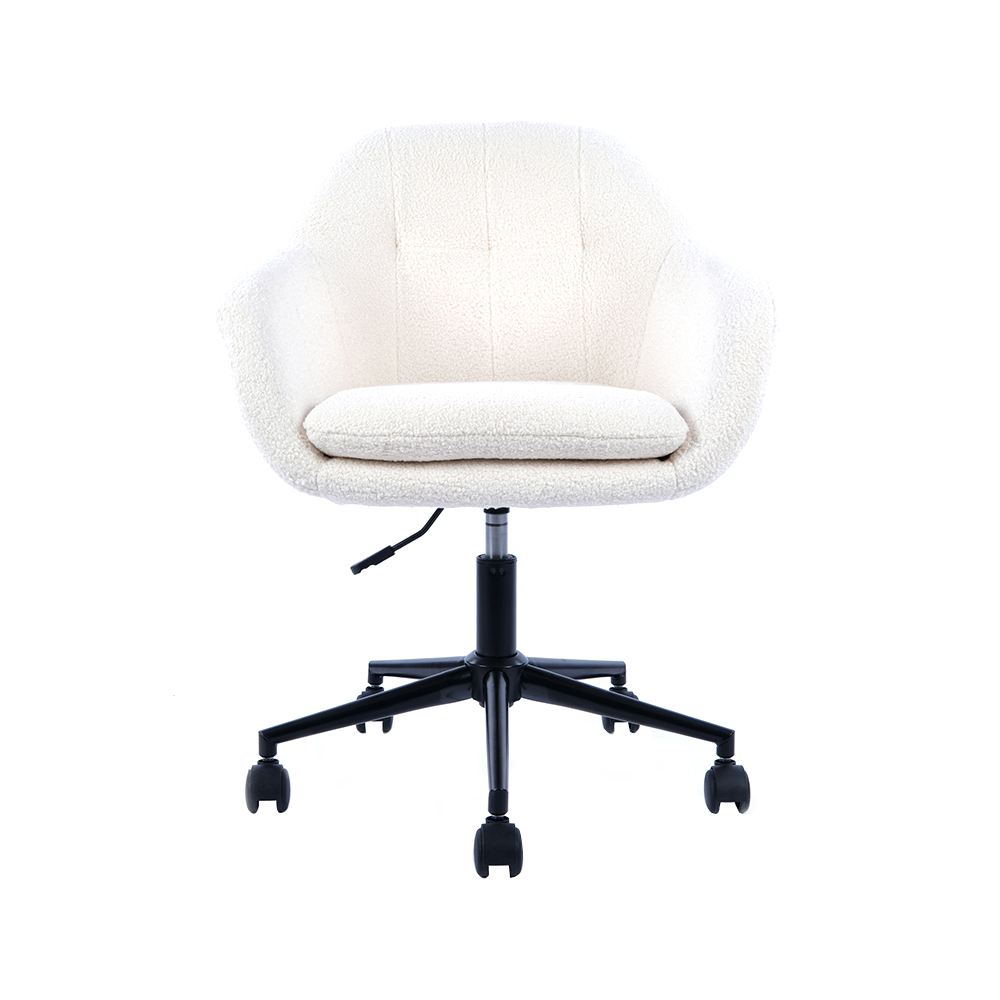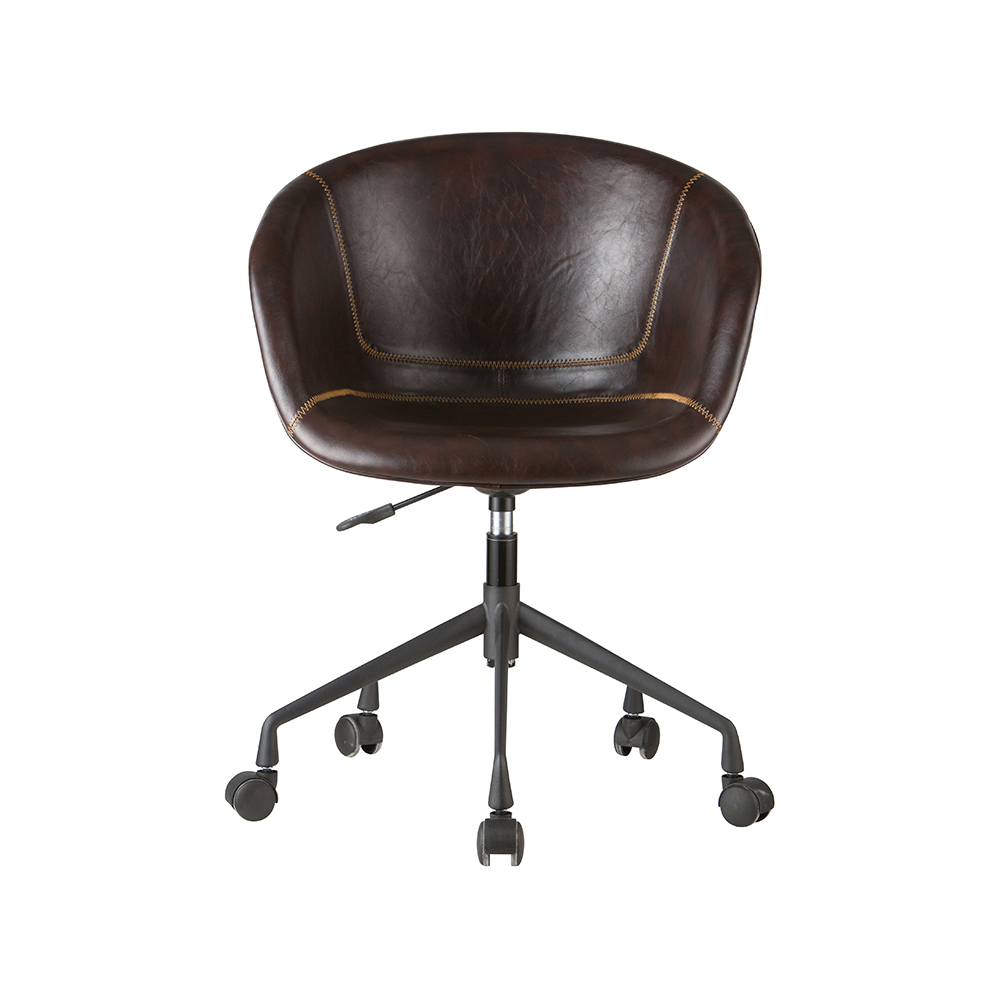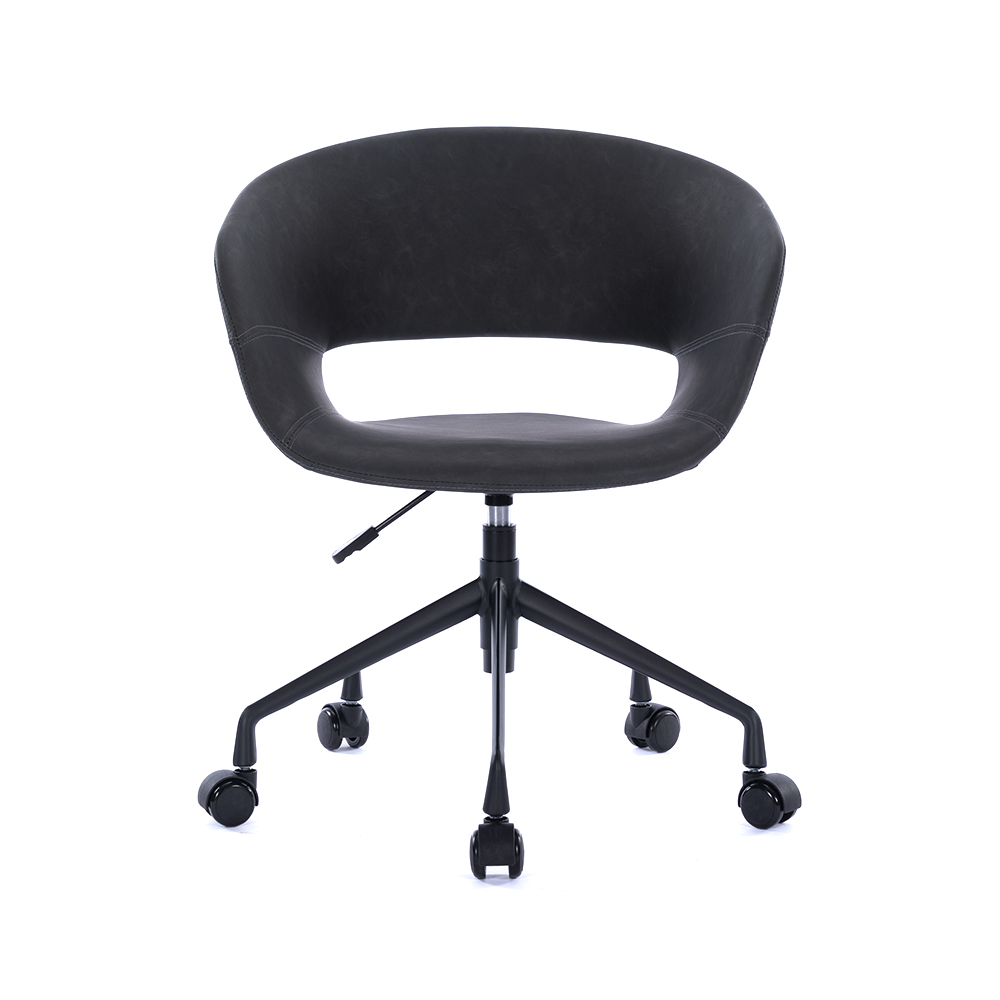+86-0572-5888031
Best Ergonomic Chair for Back Pain: Complete Buying Guide
 2025.07.22
2025.07.22
 Industry News
Industry News
If you spend long hours sitting at a desk, an ergonomic chair can make a significant difference in your comfort, posture, and overall health. With so many options available, choosing the right one can be overwhelming. This guide will help you understand what makes a chair truly ergonomic, the key features to look for, and how to select the best option for your needs.
Why You Need an Ergonomic Chair
Sitting for prolonged periods in a poorly designed chair can lead to back pain, neck strain, and poor circulation. An ergonomic chair is designed to support your body's natural posture, reduce pressure points, and promote better alignment. Here are some benefits:
- Reduces back pain and discomfort by providing proper lumbar support
- Improves posture by aligning your spine correctly
- Enhances productivity by minimizing discomfort and fatigue
- Prevents long-term health issues like herniated discs or chronic back problems
Key Features of a Good Ergonomic Chair
Not all chairs marketed as "ergonomic" provide true support. Here are the essential features to look for:
1. Adjustable Lumbar Support
The lower back (lumbar region) needs proper support to maintain its natural curve. Look for chairs with adjustable lumbar support that can be positioned to match your spine's curvature.
2. Seat Height and Depth Adjustment
Your feet should rest flat on the floor with knees at a 90-degree angle. The seat depth should allow 2-4 inches between the edge of the seat and the back of your knees.
3. Backrest Reclining and Locking
A good ergonomic chair should recline slightly (about 100-110 degrees) to reduce pressure on your spine. Locking mechanisms allow you to fix the backrest at your preferred angle.
4. Armrest Adjustability
Adjustable armrests help keep your shoulders relaxed and elbows at a 90-degree angle. They should be padded and movable in height, width, and sometimes angle.
5. Seat Material and Cushioning
Breathable mesh promotes airflow, while memory foam or high-density foam provides comfort without bottoming out. The material should be durable yet comfortable for long sitting sessions.
6. Swivel and Casters
A 360-degree swivel base and smooth-rolling casters allow easy movement without straining your body.
Ergonomic Chair vs. Regular Chair: Key Differences
| Feature | Ergonomic Chair | Regular Chair |
|---|---|---|
| Lumbar Support | Adjustable to fit spine curvature | Often flat or non-adjustable |
| Seat Adjustments | Height, depth, tilt adjustable | Usually fixed or only height adjustable |
| Backrest | Contoured to support spine, often reclines | Flat or minimal contouring |
| Armrests | Adjustable height and width | Fixed or non-existent |
| Material | Breathable, pressure-relieving | Often non-breathable or stiff |
| Price | Higher initial investment | Lower cost |
| Long-term Benefits | Reduces pain, improves posture | May contribute to discomfort |
How to Choose the Right Ergonomic Chair for Your Body
Everyone's body is different, so an ergonomic chair should be customizable to your specific needs. Consider these factors:
1. Your Height and Weight
Taller individuals need higher backrests and deeper seats, while petite users may need smaller dimensions. Weight capacity should accommodate your body weight comfortably.
2. Existing Pain Points
If you have lower back pain, prioritize lumbar support. Neck pain sufferers should look for headrests. Tailor your choice to your specific discomfort areas.
3. Daily Sitting Duration
For 8+ hours of daily use, invest in higher-end materials and more adjustability. For shorter periods, you might prioritize basic ergonomic features.
4. Workspace Dimensions
Measure your available space to ensure the chair fits comfortably and allows full range of motion.
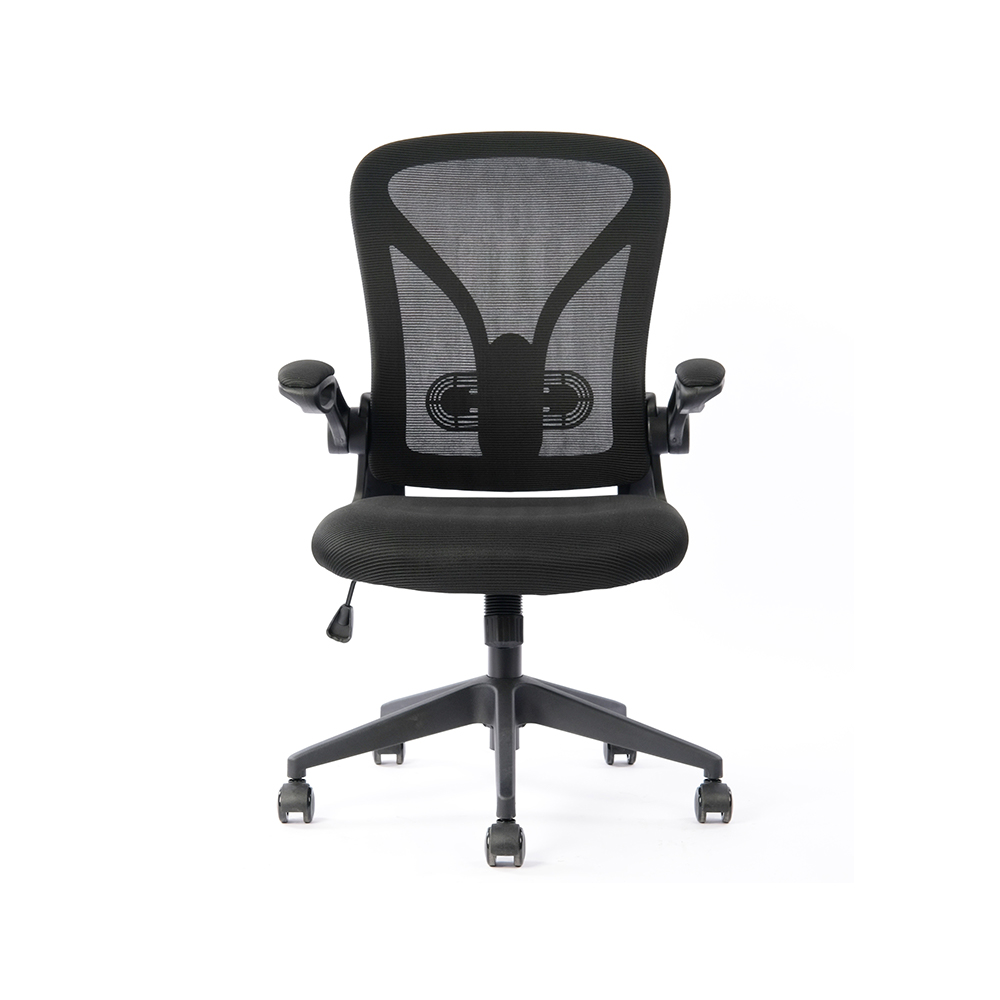
Proper Sitting Position in an Ergonomic Chair
Even the best chair won't help if you're not sitting correctly. Follow these guidelines:
- Keep feet flat on the floor or on a footrest
- Maintain knees at or slightly below hip level
- Ensure your lower back is supported by the lumbar cushion
- Keep shoulders relaxed, not hunched or elevated
- Position monitor at eye level to avoid neck strain
- Take frequent breaks to stand and stretch
Common Mistakes When Using Ergonomic Chairs
Many people buy ergonomic chairs but don't use them correctly. Avoid these mistakes:
1. Not Adjusting the Settings
Most ergonomic chairs come with multiple adjustments. Take time to customize each setting to your body.
2. Sitting Too Long Without Moving
Even in a perfect chair, your body needs movement. Stand up and stretch every 30-60 minutes.
3. Incorrect Monitor Placement
Your chair is part of an ergonomic workstation. Ensure your screen is at eye level about an arm's length away.
4. Neglecting Other Ergonomics
Combine your chair with proper desk height, keyboard positioning, and lighting for complete ergonomic benefits.
Ergonomic Chair Maintenance Tips
To keep your chair functioning well for years:
- Regularly check and tighten loose screws and bolts
- Clean upholstery according to manufacturer instructions
- Lubricate moving parts if they become stiff
- Replace wheels if they stop rolling smoothly
- Inspect gas lift cylinder for leaks or sinking
When to Replace Your Ergonomic Chair
Even quality chairs wear out. Consider replacement when you notice:
- Visible damage to the frame or mechanisms
- Cushions that no longer provide support
- Adjustments that no longer hold their position
- Increased discomfort despite proper adjustments
- Squeaking or instability that can't be fixed
Alternative Solutions for Better Ergonomics
While an ergonomic chair is important, consider these additional solutions:
1. Standing Desks
Alternating between sitting and standing can reduce back pain and improve circulation.
2. Seat Cushions
For existing chairs, ergonomic seat cushions can provide temporary improvement.
3. Footrests
If your feet don't reach the floor comfortably, a footrest can complete your ergonomic setup.
4. Posture Correctors
These can help train your body to maintain proper alignment even when not in your chair.
Final Thoughts on Choosing an Ergonomic Chair
Investing in a quality ergonomic chair is investing in your long-term health and productivity. While the initial cost may be higher than regular chairs, the benefits in comfort, pain reduction, and improved focus make it worthwhile. Remember that the "best" chair is the one that fits your body and work habits perfectly. Take time to test different options when possible, and don't hesitate to make adjustments until you find your ideal sitting position.
By understanding these key features and considerations, you're now equipped to make an informed decision about the ergonomic chair that will best support your body during long work hours. Your back (and future self) will thank you!

 English
English عربى
عربى Español
Español 中文简体
中文简体
